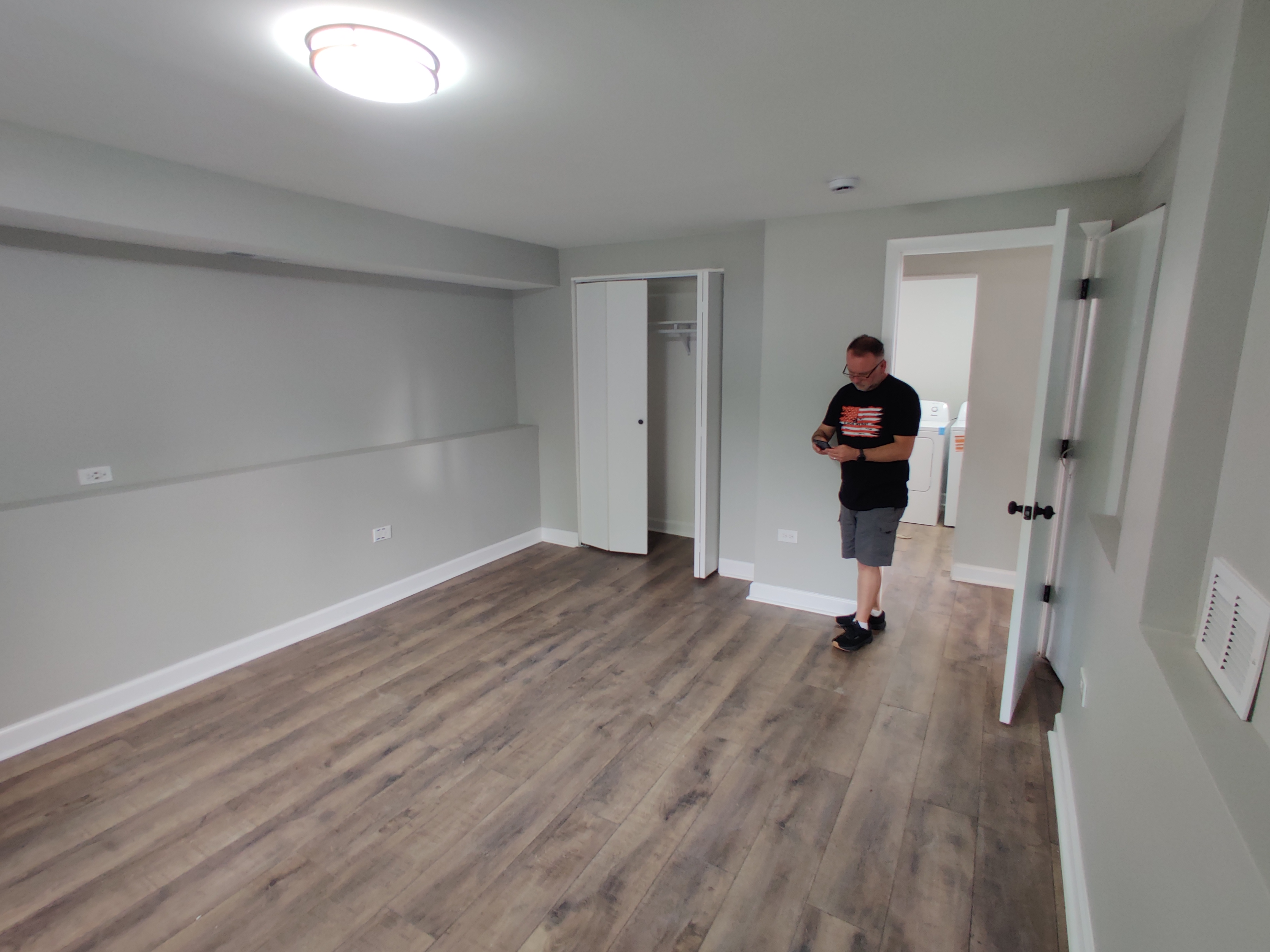Why a Thorough Move-In Inspection Protects Owners and Tenants
In this video we show how the team here at PMI Service Group conducts a property Move-In Inspection prior to a new tenant moving in. If you are a self-managed landlord in the Chicago area and struggling to maintain a professional relationship and/or boundaries with your tenants, this is one component that can significantly help you manage your properties and tenant inspections.
We also offer a free document, the Self-Managed Landlord CheckList - in our Products listing on our Google business page - feel free to request that or just call/email for a copy.
Set Expectations
For Illinois landlords, real estate investors, and HOA board members, few tasks are more important than a detailed move-in inspection. Every time a new tenant moves in, the inspection process sets the tone for the tenancy. It creates a positive first impression, ensures the home is safe and functional, and protects property owners by documenting the exact condition of the rental property from day one.
Years later, when a tenant moves out, disputes often arise about who caused certain damage. Without documentation, it becomes one person’s word against another’s. With a professional move-in inspection report (backed by photos and video), the facts speak for themselves: the damage was either there at move-in or it was not.
Because we (PMI Service Group) are both property managers and real estate investors, we approach inspections from two perspectives:
Tenant-focused – ensuring the home feels comfortable, safe, and move-in ready.
Owner-focused – identifying long-term maintenance issues that could affect property value.
For out-of-state investors who may never see their property in person, these reports are invaluable. They provide a clear financial roadmap for preserving home value and attracting quality tenants.
Interior and Exterior: Full-Scale Documentation
A true move-in inspection is more than a quick walk-through. Our team documents every aspect of the property:
Exterior
Landscaping, lawn condition, and curb appeal.
Garage door openers, safety sensors, and laser stops.
Exterior doors, storm doors, locks, and weather stripping.
Interior
Appliances: stoves, ovens, microwaves, dishwashers (with photos of serial numbers for tracking).
Plumbing: faucets, drains, toilets, water shutoff valves.
Bathrooms: caulking, towel rods, exhaust fans, and fixtures.
Windows: ease of use, security, and locking functionality.
Walls, floors, ceilings, light fixtures, and baseboards photographed from multiple angles.
This systematic approach ensures nothing is overlooked. Even details like soft-close toilet seats, motion-sensor closet lights, and whether storm doors close properly are inspected and recorded.
Protecting Owners, Supporting Tenants
Every tenant receives a copy of the move-in report and signs off within a set timeframe. This process:
Builds trust by showing transparency.
Protects the landlord’s right to recover costs for damage beyond normal wear and tear.
Demonstrates professionalism, reducing disputes and fostering long-term tenant satisfaction.
For tenants, a detailed inspection is proof that their home is safe and fully functional. For owners, it is a safeguard for their rental investment property. And for COA/HOAs, consistent inspection practices ensure community standards are upheld across all homes.
Why It Matters for Landlords and Investors
A move-in inspection is more than a formality, it’s a risk management tool. It protects owners from costly disputes, keeps tenants accountable, and strengthens the landlord-tenant relationship.
For self-managed landlords, adopting a thorough inspection process is essential. Treat the inspection like an insurance policy for your property:
Photograph every room, wall, door, switch and fixture.
Test all appliances, windows and safety features.
Record important details like appliance serial numbers.
Keep a digital record for easy retrieval years later.
The upfront effort pays dividends in fewer disputes, happier tenants, and higher long-term property values.
Bottom line: Whether you own a single-family rental, a multi-unit investment, or serve on an HOA board, a professional move-in inspection process is a must. It protects property value, reduces vacancy risk, and provides peace of mind for both owners and tenants, today and years down the line.
About PMI Service Group
As a rental manager for residential REI-owned and commercial properties, as well as HOA community Associations, we are going to put the same care and level of detail into all properties we manage. If you're in the Western suburbs of Chicago wondering if there's better management out there, please give us a call. We also serve Will County, Kane County and Kendall County. Let's discuss how we can help your portfolio perform! (630) 912-8742



